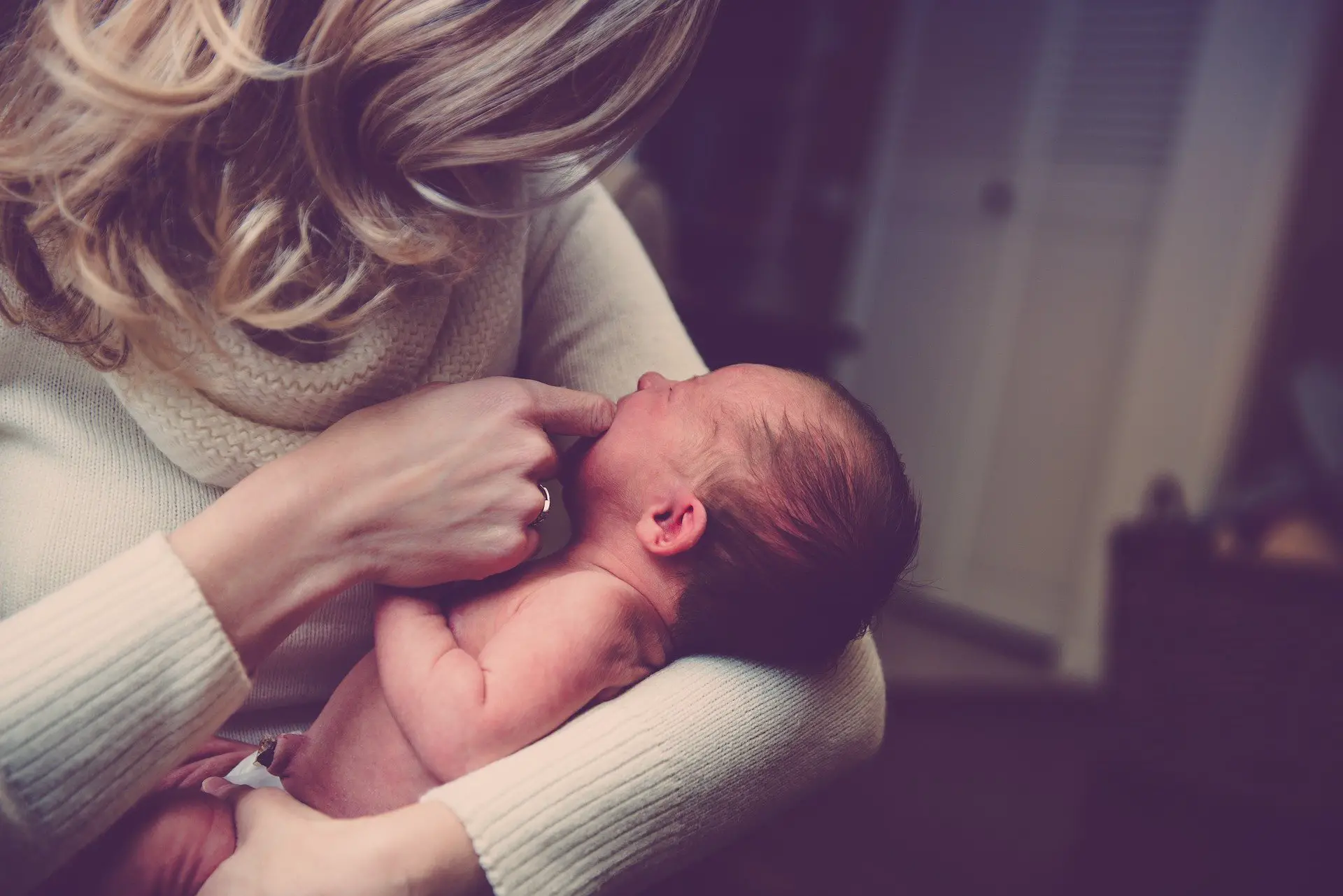
FULL POEM - SCROLL DOWN FOR LINE-BY-LINE ANALYSIS
I can remember you, child,
As I stood in a hot, white
Room at the window watching
The people and cars taking
Turn at the traffic lights.
I can remember you, our first
Fierce confrontation, the tight
Red rope of love which we both
Fought over. It was a square
Environmental blank, disinfected
Of paintings or toys. I wrote
All over the walls with my
Words, coloured the clean squares
With the wild, tender circles
Of our struggle to become
Separate. We want, we shouted,
To be two, to be ourselves.
Neither won nor lost the struggle
In the glass tank clouded with feelings
Which changed us both. Still I am fighting
You off, as you stand there
With your straight, strong, long
Brown hair and your rosy,
Defiant glare, bringing up
From the heart’s pool that old rope,
Tightening about my life,
Trailing love and conflict,
As you ask may you skate
In the dark, for one more hour.

SUMMARY AND CONTEXT
In the poem, Clarke narrates the relationship between mother and daughter from birth into adolescence from the mother’s perspective. Clarke captures the love yet tension that comes with this special, unparalleled bond between mother and child. The first stanza describes childbirth and the second, the clashes and strain in their relationship as the child enters the defiant phase of adolescence. Contextually, Clarke has confirmed that ‘Catrin’ draws inspiration from her relationship with her own daughter of that name. When asked what the poem was about, she replied, ‘why did my beautiful baby have to become a teenager? At least, I think that’s what it’s about.’ She says this because poetry can be interpreted in many different ways from different perspectives – just because that is what the poem means to her doesn’t mean the poem has to mean the same to you!
LINE-BY-LINE ANALYSIS
STANZA 1
I can remember you, child,
The first line of the poem is the mother directly addressing her child which sets a personal tone for the rest of the poem, due to the inclusion of the personal pronouns: ‘I’ and ‘you’.
As I stood in a hot, white
Room at the window watching
The people and cars taking
Turn at the traffic lights.
These lines set the scene for the narrative of the mother entering childbirth. The speaker is sat in a hospital room, staring out of the window, likely between contractions. It is quite a mundane image and the fact that the mother can recall it illustrates how much of a life-changing experience childbirth is. The white room creates a very clinical, cold image, synonymous with hospitals, whereas the adjective ‘hot’ connotes one either of warmth and passion (sexual in some contexts) or discomfort, depending on interpretation. ‘Taking Turn at the traffic lights’ is consonance which adds a rhythm do the dullness of everyday life that she observes.
I can remember you, our first
The refrain of the direct address, ‘I can remember you’ enforces the personal connection between mother and child, as well as the level to which the poem is personal to Clarke.
Fierce confrontation, the tight
The image of ferocity is one of intensity, either aggressive or emotional in nature. In this case, it describes the extreme pain but also love associated with childbirth.
Red rope of love which we both
Fought over. It was a square
The ‘Red rope of love’ literally represents the umbilical cord, connecting mother and child as well as metaphorically symbolising the emotional bond between them. The image of mother and child fighting over it links back to the adjective ‘fierce’ in the previous line, creating an aggressive image of childbirth – vividly representing the suffering associated with it.
Environmental blank, disinfected
Of paintings or toys. I wrote
These two lines again paint the picture of the hospital as a very clinical environment that juxtaposes the emotion experienced during childbirth.
All over the walls with my
Words, coloured the clean squares
With the wild, tender circles
Clarke objectifies the screams and the shouts of the speaker as her writing on the walls whilst she gives birth. This writing is specifically described as ‘wild, tender circles’, an oxymoron due to the contradiction between ‘wild’ and ‘tender circles’, with ‘wild’ connoting craziness whereas ‘tender circles’ is an image of gentleness, smoothness and regularity.
Of our struggle to become
Separate. We want, we shouted,
To be two, to be ourselves.
Both mother and child cry and shout during birth, as the child sees the world for the first time and they both become separate entities. The parallel syntax, ‘we want, we shouted’ gives a staccato rhythm to the poem, symbolising the bursts of pain and shortness of breath that the mother experiences.
STANZA 2
Neither won nor lost the struggle
In the glass tank clouded with feelings
Although mother and child achieved physical separation during birth, psychologically their connection is interminable. Consequently, they will always be connected and the struggle was neither won nor lost. The ‘glass tank’ is a metaphor for the hospital, however, it is no longer an ‘environmental blank’ but is ‘clouded’ with the emotion from the experience.
Which changed us both. Still I am fighting
You off, as you stand there
The poem returns to the present tense, with the mother addressing her child having just recounted the story to her.
With your straight, strong, long
Brown hair and your rosy,
Defiant glare, bringing up
The description of her daughter now emphasises how much she’s changed over the years since she was born, into the defiant teenager she is now. This links back to Clarke’s personal interpretation of the poem where she questions ‘why did my beautiful baby have to become a teenage?’
From the heart’s pool that old rope,
Tightening about my life,
Trailing love and conflict,
The speaker’s ‘heart’s pool’ symbolises her love for her child and from it originates ‘that old rope’. This is an image with a multitude of interpretations. It represents the psychological interminable bond between mother and child, akin to an invisible, emotional umbilical cord, as well as the struggle between mother and rebellious teenage child or the struggle to let them go.
As you ask may you skate
In the dark, for one more hour.
The final two lines illustrate this aforementioned struggle in a literal sense, as her daughter pushes for more freedom and independence.


